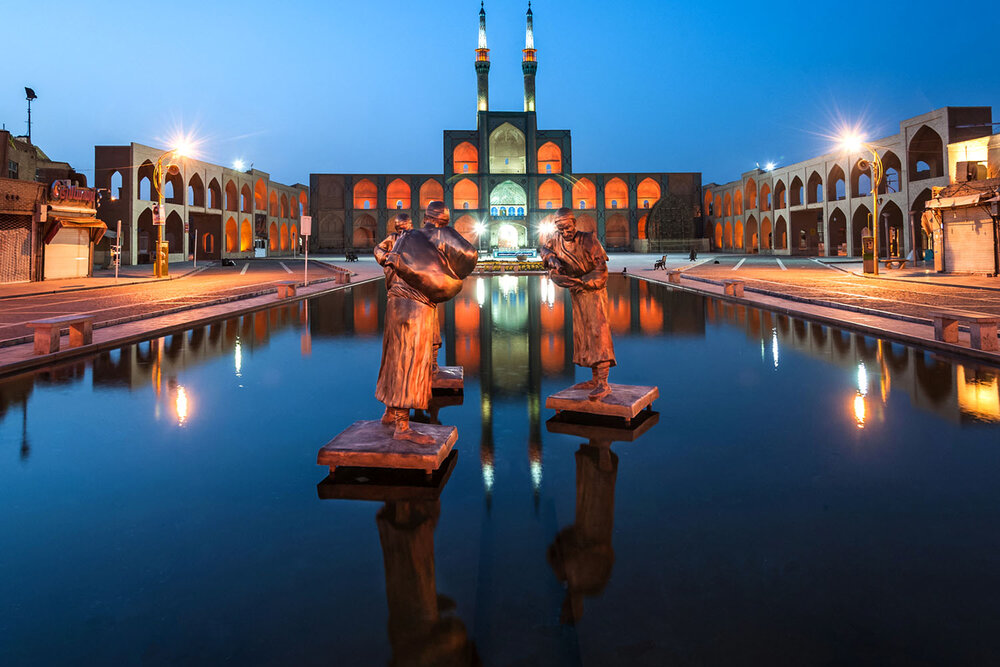Travels banned to Iran’s “golden triangle” over virus fears

TEHRAN – Like many other destinations across Iran, its famed “golden triangle” of tourism, which is referred to the cities of Isfahan, Shiraz, and Yazd, has announced it will host no visiting tourists until further notice in a bid to curb the coronavirus outbreak.
The decision was made in a meeting between representatives of the three cities on Monday, emphasizing that securing people’s health is the highest priority, IRNA reported on Wednesday.
That is while they had previously inked an agreement to jointly hold celebrations during the Noruz holidays which starts on March 20 this year.
Tourism minister Ali-Asghar Mounesan on Tuesday announced no official celebrations or public gatherings, even the pre-scheduled ones, will be held during the new year Noruz holidays.
Over the past couple of days, Iran has limited travel between its major cities in an effort to halt the spread with traffic limits on some of the country’s roads, particularly [roads to] touristic provinces.
Authorities also warned that they may use “force” to limit travel throughout the country if needed.
The “golden triangle” offers sightseers an epitome of Iran for ones who are first-time visitors to the Islamic Republic both in terms of the historical sites and cultural identity.
Celebrated as the heartland of Persian culture for over 2000 years, Shiraz has become synonymous with education, nightingales, poetry and crafts skills passed down from generation to generation. It was one of the most important cities in the medieval Islamic world and was the Iranian capital during the Zand dynasty (1751–1794). Shiraz has also been named as Iran’s 2020 Book Capital.
In July 2017, historical structure of the city of Yazd, which is the capital of Yazd province, was named a UNESCO World Heritage. The oasis city is wedged between the northern Dasht-e Kavir and southern Dasht-e Lut on a flat plain ringed by mountains. Its historical structure enjoys a very harmonious public-religious architecture that dates from different eras.
The city of Yazd is usually referred to as a delightful place to stay, or a “don't miss” destination by almost all of its visitors. It is teemed with mudbrick houses that are equipped with innovative badgirs (wind catchers), atmospheric alleyways, and many Islamic and Iranian monuments that shape its eye-catching city landscape. The province has an interesting mix of people as well, some 10 percent of whom follow the ancient religion of Zoroastrianism. Yazd was Iran’s 2019 Book Capital.
Soaked in a rich history, Isfahan was once a crossroad of international trade and diplomacy in Iran and now it is one of Iran’s top tourist destinations for good reasons.
Filled with many architectural wonders such as unmatched Islamic buildings, bazaars, museums, Persian gardens and tree-lined boulevards, Isfahan is, according to many, a city for walking, getting lost in its mazing bazaars, dozing in beautiful gardens, and meeting people.
Isfahan has long been nicknamed as Nesf-e-Jahan which is translated into “half the world”; meaning seeing it is relevant to seeing the whole world. The city is renowned not only for the abundance of great historical bridges, but also for its ‘life-giving river’, the Zayandeh-Rood, which has long bestowed the city an original beauty and a fertility.
AFM/MG
